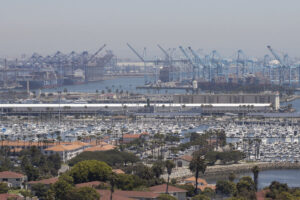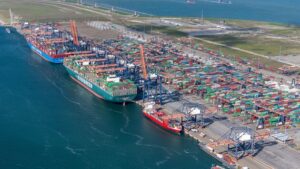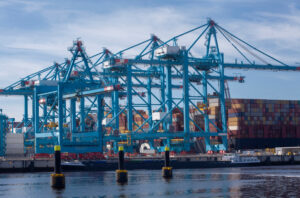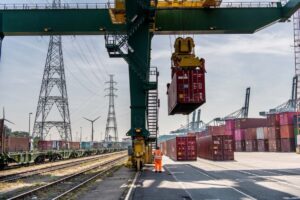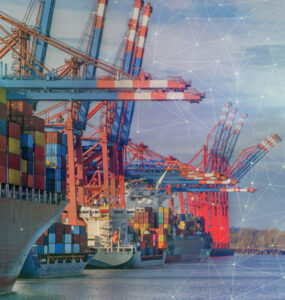Port Technology International’s first e-Journal of 2020 explores the topic of sustainability in ports. Climate change is set to be a defining topic for the 2020s as awareness of its real-time impact is increasing.
The much-anticipated International Maritime Organisation’s (IMO) regulations to reduce sulphur emissions came into effect on 1 January 2020.
e-Journal: A Sustainable Future
Throughout 2020 it is likely we will continue to see a strong focus on the IMO’s sulphur regulations as the industry looks to comply and cut emissions across the maritime supply chain.
Papers in this e-Journal:
- The Port of Oakland’s pathway to zero emissions
- Increasing terminal capacity by 10%: a case study in yard transformation
- Developing a port sustainability index
- How to deal with the effects of climate change in ports?
- Why will IMO 2020 save fewer lives than expected?
Ports themselves also have many challenges around the issue of climate change and sustainability. The papers in this eJournal look to explore these challenges and how they can be overcome.
Finally, in a new interactive paper, ABB Ports presents a special case study on how to increase the capacity of the terminal yard. This study investigates the way Tianjin Five Continents International Container Terminal Co. Ltd. (FICT) in China resolved the ‘mega-age’ yard challenge. This includes a high level of automation being adopted by the port.


